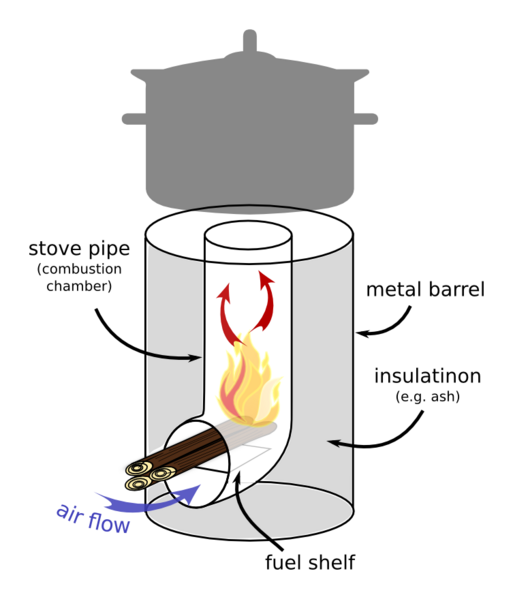 More than 70% of our global freshwater is used for agriculture and aquaculture every year. This makes sense right? Fish, fruits and vegetables have always been a huge part of our diet and we need resources like fresh water to produce these products.
More than 70% of our global freshwater is used for agriculture and aquaculture every year. This makes sense right? Fish, fruits and vegetables have always been a huge part of our diet and we need resources like fresh water to produce these products.But what if the vegetables we’re eating are covered in pesticides and the farmed fish we are eating are pumped with growth hormones, artificially colored and have lived in filthy environments their entire lives? What if while we are producing our food, we are actually destroying the natural world around us? Releasing excess fertilizer and pesticides into our lakes and rivers and dumping billions of gallons of waste water into our oceans.
It’s time to take a step back and rethink the way we are feeding our growing populations. We need something efficient, sustainable, and organic.
The future of this kind of food is in aquaponics.
Aquaponics is the combination of plant farming and fish farming. The fish provide fertilizer and nutrients to the plants from their waste and the fish filter and clean the water the fish live in. This creates a sustainable ecosystem that produces almost no waste, uses over 90% less water than traditional agriculture, and grows vegetables up to twice as fast.

With all of these benefits, how is it that no one seems to know anything about aquaponics? Aside from a few enthusiasts here and there, most of America just seems to look over such a simple yet brilliant method of food production.
Aqua Design Innovations is an undergraduate startup from UC San Diego that wants to spread awareness and educate more people about aquaponics.
They did so by scaling down a commercial aquaponics system into an accessible, compact aquarium kit that grows plants like herbs and flowers. They call it the EcoQube.
 |
| photo courtesy of: EcoQube |
“We believe that the first steps to solving any problem, is being aware and then to be educated. Help us make aquaponics mainstream and a part of everyone’s homes by supporting our Kickstarter campaign where you can pre-order an EcoQube”
-Eric and the ADI team.
 |
| Eric and Kevin, company founders |
Our Daily Green donated space to EcoQube to promote their Kickstarter campaign.We received no compensation for the post.
















